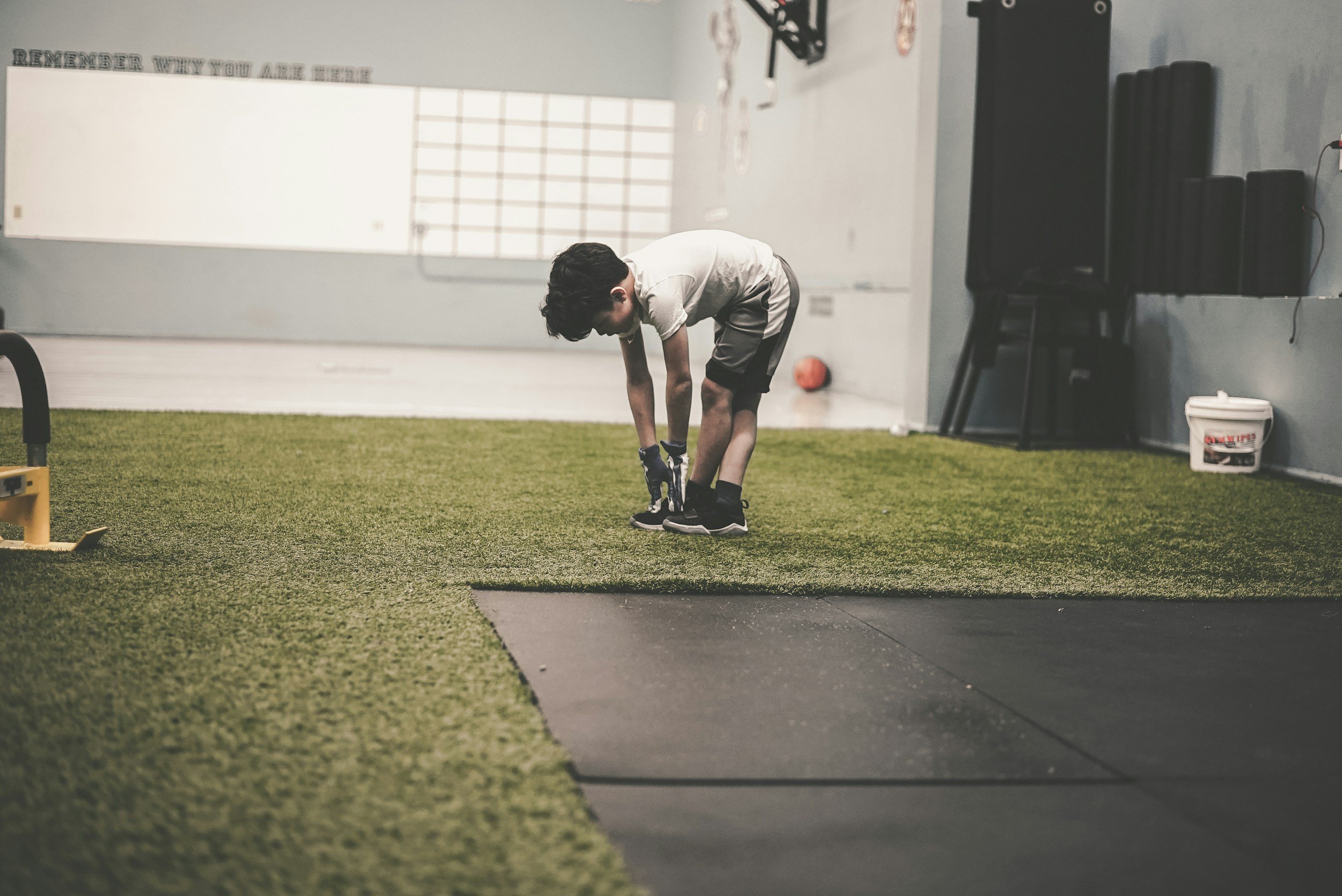BLOG

How to Create a Balanced Workout Routine: Tips for Beginners and Pros
A well-rounded workout plan is key to achieving fitness goals and maintaining health. Here’s a concise guide to structuring your routine:
1. Strength Training Include strength exercises like weightlifting, resistance bands, or bodyweight moves two to three times a week. Beginners should start with lighter weights and focus on form; advanced lifters can increase intensity.
2. Cardiovascular Exercise Incorporate cardio activities such as running, cycling, or swimming for at least 150 minutes of moderate or 75 minutes of vigorous intensity per week. Vary your cardio workouts to keep things interesting and effective.
3. Flexibility and Mobility Add stretching and mobility exercises to improve range of motion and prevent injuries. Aim for dynamic stretches before workouts and static stretches afterward. Yoga and Pilates are great options and should be done two to three times a week.
4. Structuring Your Routine Combine strength, cardio, and flexibility workouts based on your schedule and goals. For example, do strength training on Mondays and Thursdays, cardio on Tuesdays and Fridays, and flexibility on Wednesdays and Saturdays. Don’t forget to rest and listen to your body.
5. Staying Consistent and Motivated Set realistic goals, track progress, and vary your workouts to stay motivated. Consider a personal trainer if you need extra guidance.
Holiday Season Balance Enjoy the holidays without derailing your fitness goals. Balance festive indulgence with some physical activity and mindful eating to stay on track.
By mixing strength, cardio, and flexibility, you’ll create a balanced workout routine that supports your overall health and fitness.
Happy Holidays!

The Benefits of Strength Training for All Ages: Why It Matters
Strength training benefits everyone, from kids to seniors, by enhancing overall health and well-being. Here’s a quick overview of its advantages across different age groups:
For Children and Teens
Strong Foundations: Develops muscles and bones, improves athletic performance, and supports coordination.
Injury Prevention: Enhances muscle strength and joint stability, reducing injury risk.
Healthy Habits: Instills a lifelong appreciation for fitness and encourages ongoing physical activity.
For Adults
Maintains Muscle Mass: Counteracts age-related muscle loss and supports functional fitness.
Boosts Metabolism: Increases resting metabolic rate, aiding in weight management.
Supports Joint Health: Strengthens muscles around joints, reducing pain and improving mobility.
For Seniors
Improves Bone Density: Fights osteoporosis and reduces fracture risk with weight-bearing exercises.
Enhances Balance: Boosts balance and coordination, preventing falls and supporting independence.
Supports Mental Health: Reduces symptoms of depression and anxiety, improving overall quality of life.
Universal Benefits
Functional Fitness: Makes daily tasks easier, from lifting groceries to climbing stairs.
Cardiovascular Health: Improves heart health and circulation.
Overall Well-being: Increases energy, enhances sleep quality, and boosts self-esteem.
Incorporate strength training into your routine to enjoy these benefits and support your health at any age.
